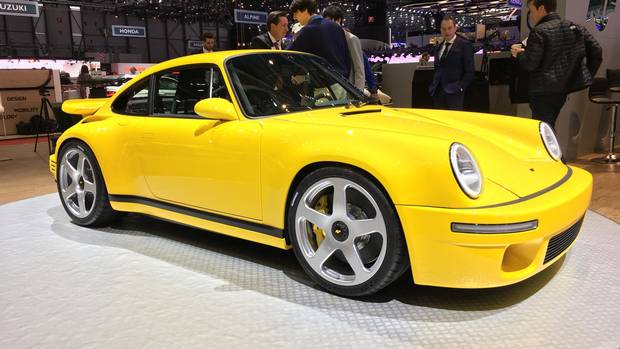Geneva is always a good car show, but this year it was great. The place was buzzing as daydream-worthy supercars were unveiled by the minute. Money no object, here are our favourites:
Ruf CTR 2017
In 1987, German Porsche tuner Ruf launched the CTR "Yellowbird". It was a fast 911 that would have gone unnoticed if not for two things: a video of it sliding around the Nurburgring, tires smoking, on the edge of control; and the fact it was faster than anything else. It could outrun the Porsche 959, Lamborghini Diablo, and Ferrari F40. Now, 30 years later, Alois Ruf Jr. decided it was time to recreate the legend. The 2017 CTR is not a tuned Porsche but a new car engineered from scratch. It features a carbon-fibre tub, inboard double-wishbone suspension at all four corners and a twin-turbo flat-six with 710 horsepower.
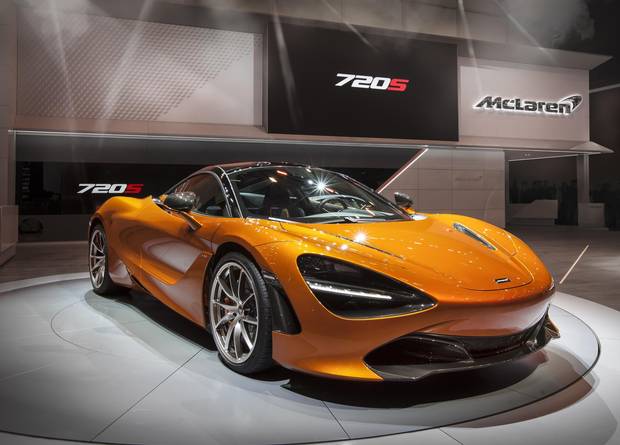
Replacing the 650S in the company’s young lineup, the 720S is McLaren’s first second-generation car.
McLaren Automotive
McLaren 720S
At McLaren, aerodynamics are in charge. Everywhere you look on the new 720S there is a scoop, vent or channel designed to direct air to minimize drag and maximize downforce. Beauty isn't the first priority, speed is, and it shows. Replacing the 650S in the company's young lineup, the 720 is McLaren's first second-generation car. It has a new 4.0-litre twin-turbo 710-horsepower V-8 engine and a carbon monocoque that wraps around the driver. The new doors cut deep into the roof. The engine bay glows red when you unlock the car. The sprint from 0-200 km/h takes a brief, terrifying 7.8 seconds. Prices start at $312,500.
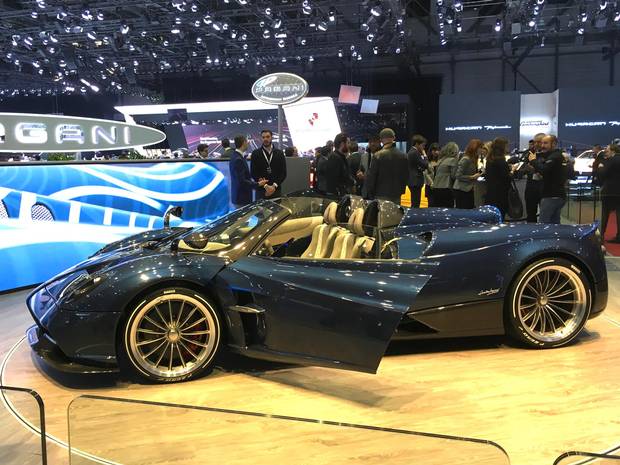
The Pagani Huayra Roadster comes with two roofs: a carbon-fibre lid and a soft-top for emergencies.
MATT BUBBERS/THE GLOBE AND MAIL
Pagani Huayra Roadster
Chopping the roof off is a time-honoured tradition in the supercar world. After all, no roof means it's easier for onlookers to admire your immense wealth. Boutique Italian auto maker Pagani used the Geneva show to reveal a roadster version of its Huayra (pronounced: WHY-RA). It comes with two roofs: a hard carbon-fibre lid and a cloth soft-top for emergencies. Pagani pumped the Mercedes-AMG twin-turbo V-12 engine up to 753 horsepower. Before you balk at the $3.2-million price, know that all 100 examples of it are already sold. Who are these people?
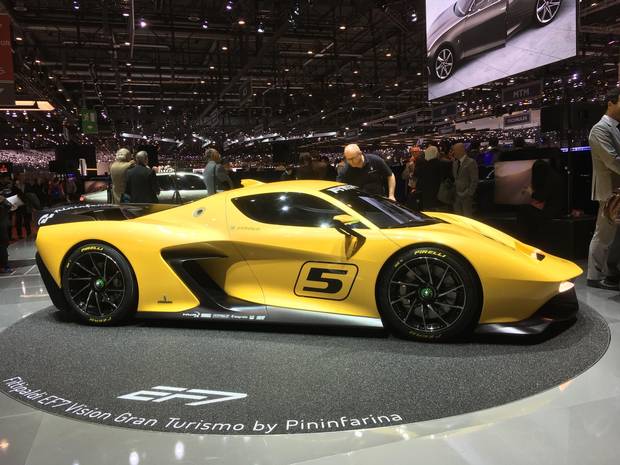
The Fittipaldi EF7 is still in the early stages of development, and will appear first in the Gran Turismo video game before rolling out in actual reality.
MATT BUBBERS/THE GLOBE AND MAIL
Fittipaldi EF7
In 1972, Emerson Fittipaldi became the youngest driver to win a Formula One world championship. Now he's 70 and wants to build the supercar of his dreams. When you're Fittipaldi, your dreams tend to come true. The EF7 was designed in Italy by Pininfarina and will be engineered and built in Germany, although it's still in the early stages of development. It will appear first in virtual reality in the Gran Turismo video game before hopefully rolling out in actual reality. The spec-sheet lists a 4.8-litre naturally-aspirated V-8 with 600 horsepower.

Lamborghini claims the Huracan Performante lapped the Nurburgring in just 6 minutes, 52 seconds.
MATT BUBBERS/THE GLOBE AND MAIL
Lamborghini Huracan Performante
Was the lap-record video edited? Did Lamborghini use special tires? These questions have dogged Lamborghini's claim that the Huracan Performante lapped the Nurburgring in just 6 minutes, 52 seconds. That's five seconds faster than Porsche's million-dollar 918. The Performante has clever active aerodynamics that can increase downforce on each side of the car separately during cornering. It also has extra chutzpah; the naturally-aspirated V-10 now makes 640 horsepower. Nurburgring lap times aren't scientific. They're for bragging rights more than anything, and the Performante puts Lamborghini on top. For now.
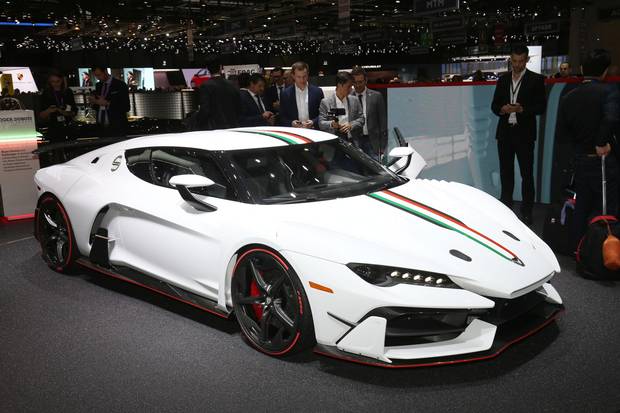
Only five Zerounos will be built, each with a carbon-fibre body, a V-10 engine and a seven-figure price.
Jakob Ebrey/ITALDESIGN
Italdesign Zerouno
Since its founding in 1968 by Giorgetto Giugiaro, Italdesign has been styling cars for other companies. Now, as part of the Volkswagen Group, it's experimenting with cars of its own under the Italdesign Automobili Speciali label. The Zerouno appears to share a chassis and major mechanical components with its corporate stablemates, the Audi R8 and Lamborghini Huracan. If it looks a little like the latter, that's because it was styled by Filippo Perini, who came from Lambo to head Italdesign. Only five will be built, each with a carbon-fibre body, a V-10 engine and a seven-figure price. Seriously, who are these people?
